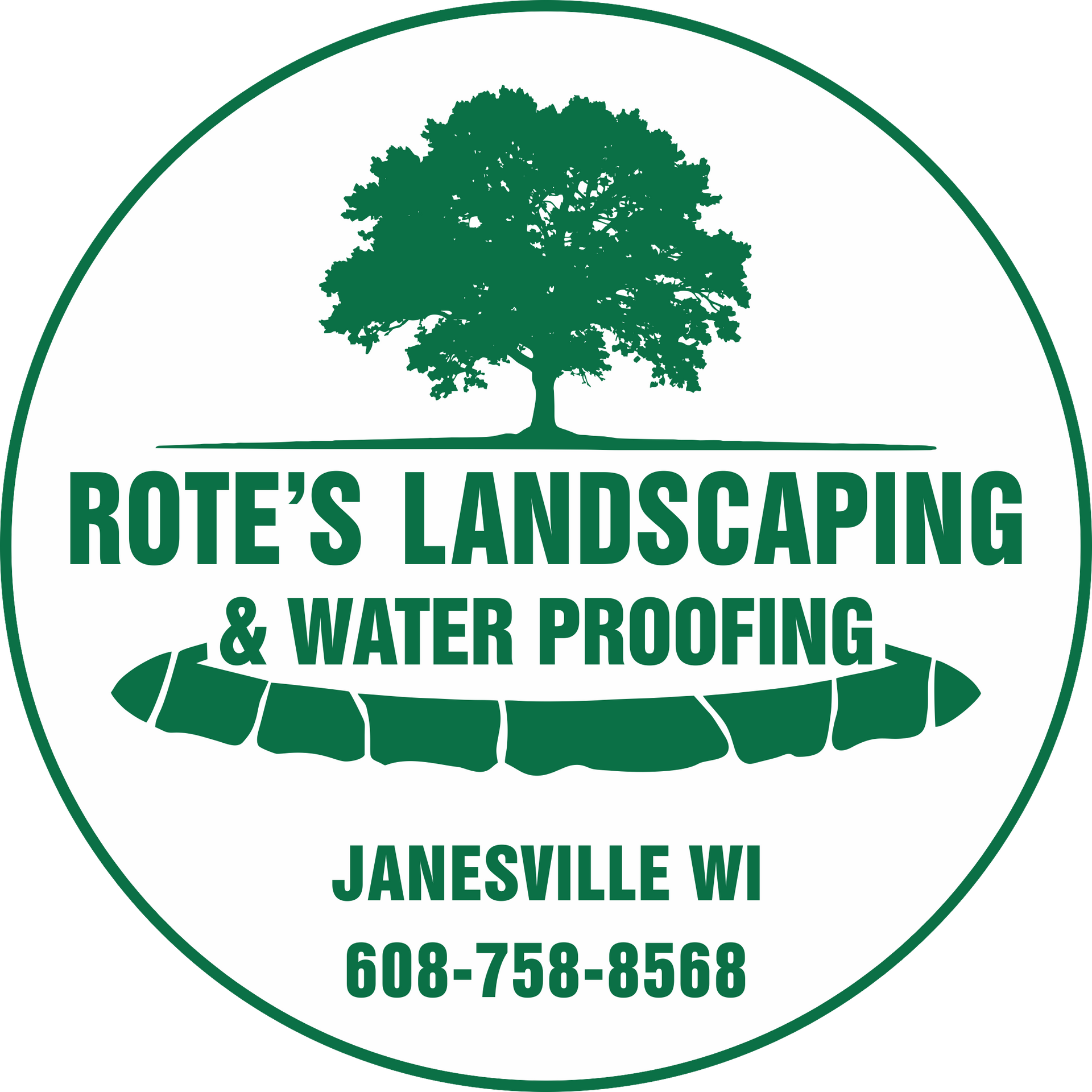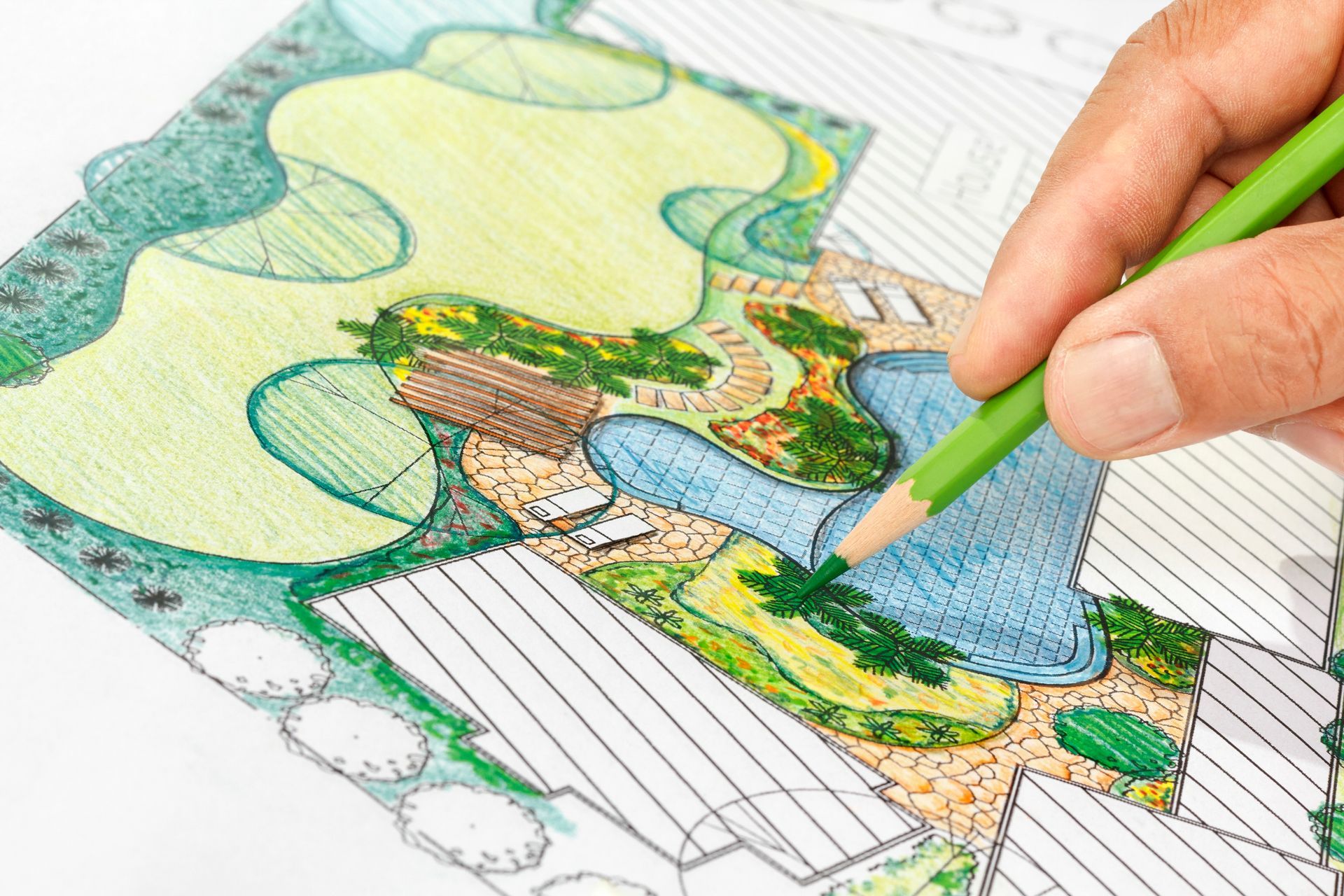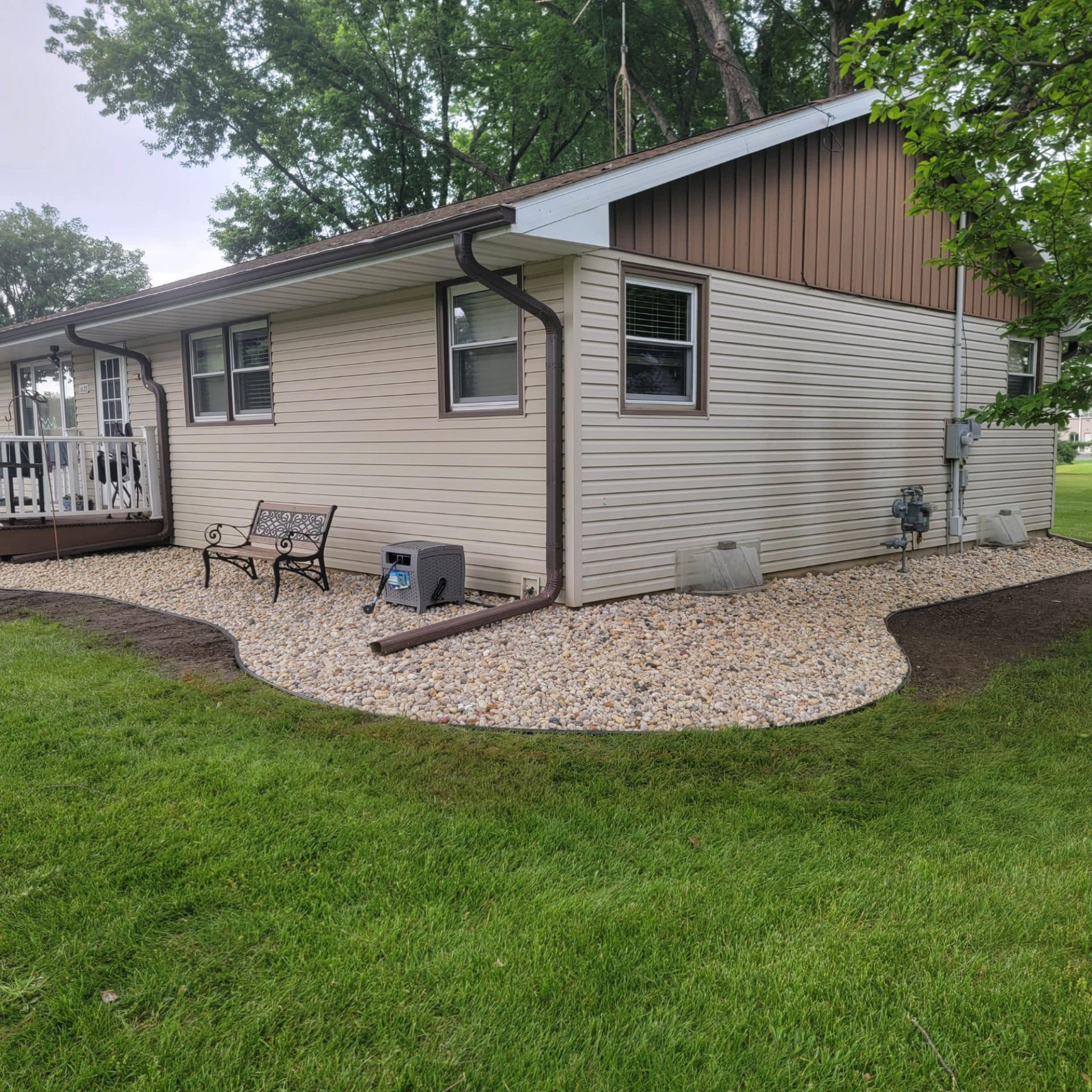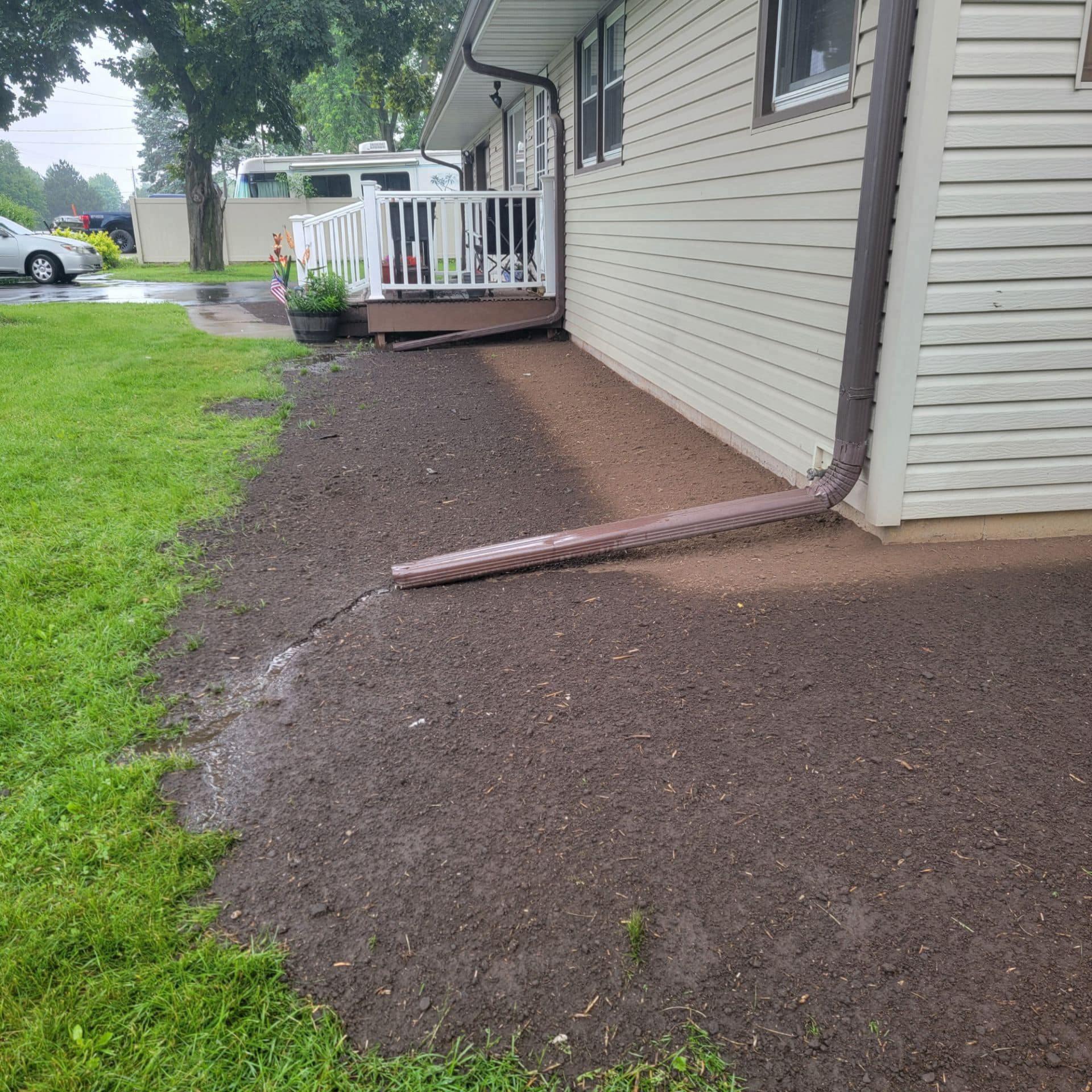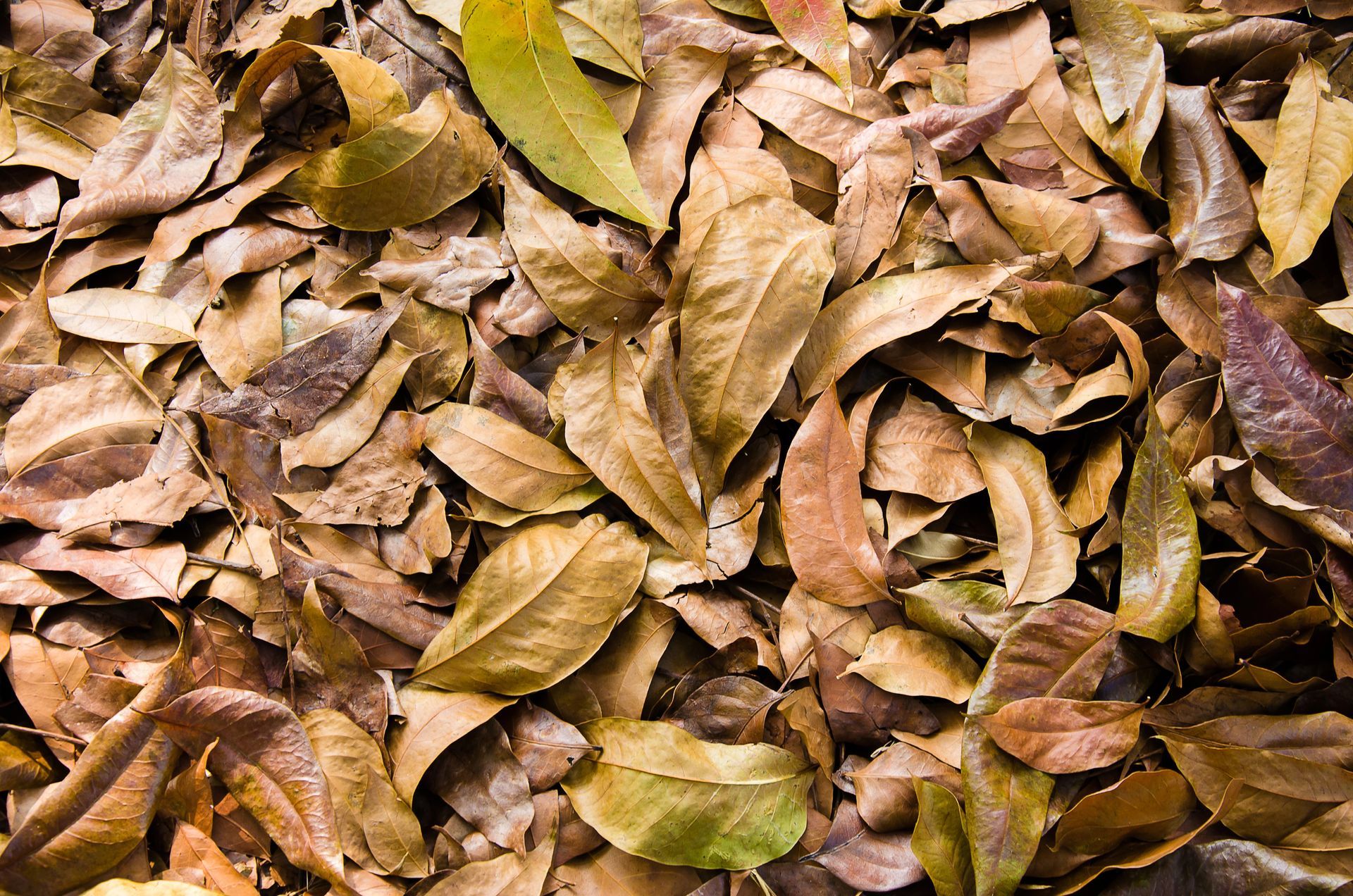When to Plant Wildflowers and Prairie Grass in Southern Wisconsin
And Why Your Yard Could Become a Lifeline for Bees and Native Wildlife
If you're looking for a way to beautify your landscape and support local ecosystems, planting wildflowers and prairie grasses is one of the most powerful (and low-maintenance) choices you can make.
At Rote’s Landscaping, we’re passionate about creating landscapes that work with nature—not against it. And in Southern Wisconsin, the timing of your planting matters just as much as what you plant. Here’s everything you need to know to get started—plus how your yard can become a vital food source for bees and other pollinators.
🌱 The Best Time to Plant Wildflowers and Prairie Grass
✅ Spring: Mid-April to Early June
For most Southern Wisconsin homeowners, late April through early June is prime time for planting native wildflower and prairie seed mixes. The soil is warming, rainfall is frequent, and natural sunlight hours are increasing—creating ideal conditions for germination and early root development.
Pro tip: Make sure your soil is prepped, weed-free, and not overly compacted for best results.
✅ Fall Dormant Seeding: Late October to Early December
Another option is dormant seeding, which means planting in late fall after the first hard frost. Seeds will lie dormant through the winter and germinate naturally in spring, mimicking the cycle of nature.
Ideal for prairie grasses and hardy wildflower varieties that need cold stratification.
🐝 Why Native Plants Matter—Especially for Bees
Bees are in decline, and one of the biggest causes is loss of habitat and food sources. Your yard, field, or commercial landscape can become part of the solution by planting native wildflowers and prairie grasses that bloom throughout the growing season.
🌼 Benefits to Bees & Pollinators:
- Continuous bloom cycles from early spring to late fall = long-term food supply
- Native flowers are more nutrient-rich and recognizable to native bee species
- Prairie grasses provide shelter and overwintering sites for solitary bees
- No synthetic fertilizers or pesticides needed (and shouldn’t be used around pollinator plants)
You’re not just planting a pretty garden—you’re restoring a critical part of Wisconsin’s native ecosystem.
🌾 Other Benefits of Wildflowers and Prairie Grass Landscaping
- Low Maintenance – Once established, these plants need less water, fertilizer, and mowing
- Erosion Control – Deep-rooted prairie grasses stabilize soil naturally
- Attracts Wildlife – Supports butterflies, birds, and beneficial insects
- Boosts Curb Appeal – A vibrant, naturalistic yard stands out (in a good way)
🌿 Get Started with Expert Help
At Rote’s Landscaping, we specialize in eco-conscious landscaping tailored for Southern Wisconsin’s climate and soil conditions. Whether you want to transform your entire yard or establish a pollinator patch, we can guide you from seed selection to soil prep and installation.
